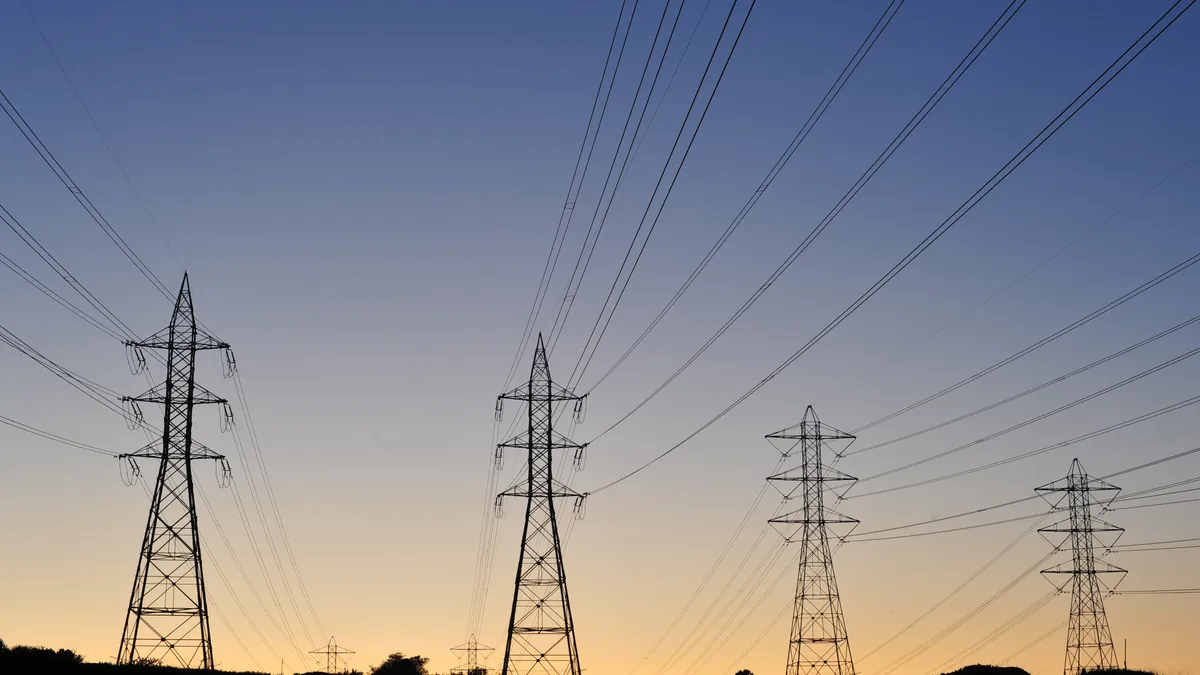Dive Brief:
- Xcel Energy on Dec. 2 filed an advice letter with Colorado regulators to make permanent a residential energy time-of-use (TOU) rate, following a successful pilot program that concluded in July.
- The pilot found customers without solar panels or electric vehicles (EVs) cut their peak demand in both summer and winter by slightly more than 3%. Customers with access to distributed resources were able to produce markedly higher peak savings.
- If the Public Utilities Commission of Colorado approves the TOU filing, Xcel says customers could begin to shift to the new rate beginning in 2021 when the utility rolls out smart meters. The TOU rate would replace the utility's current default summer tiered rates.
Dive Insight:
For customers without a grid-connected device, Xcel's TOU rates generated modest peak savings. But analysis of the pilot by Navigant shows electric vehicles and distributed generation allowed some consumers to reduce peak load by as much as a third.
Xcel's pilot showed a 13.3% average reduction in on-peak consumption for all non-solar participants with EVs, and a 29.9% reduction for solar participants — many of whom have electric vehicles.
Customers without solar panels or an electric vehicle saw a 3.2% average reduction in on-peak consumption.
"It's a combination of customers who are very aware of their different end uses and have the skills to adjust those consumption patterns," Navigant Associate Director of Energy Brian Eakin told Utility Dive.
The savings potential from these customers are "significant," he said. Navigant's analysis produces a "point estimate" of average savings with an 80% confidence interval, meaning some customers saved more and others less. The highest-saving solar customers were able to slash their hourly peak consumption more than 40%.
"These are customers that are very energy savvy and have the technology and skills to respond to a time-of-use rate," said Eakin.
While the peak demand savings are impressive, Navigant Managing Director of Energy Stuart Schare said the study's results extend beyond the numbers.
"There's really a lot to look at," Schare told Utility Dive. "There is a lot of nuance in what Xcel and the state [have] learned."
The pilot showed high customer satisfaction with the pilot as well as growing customer knowledge as the program progressed. Almost all customers changed some behaviors in response to the TOU rates, and those "behavioral responses leave opportunities for enhanced savings," Navigant's research concluded.
Customers in Xcel's TOU rate trial "changed their energy use patterns and liked the new experience of smart meters and online tools, saying their favorite benefits of the trial were having more control over their bills, conserving energy and saving money," utility spokesperson Michelle Aguayo told Utility Dive in an email.
The ultimate goal, said Aguayo, is to give residential customers "more control of their electric use and help them lower their energy bills, especially in the hot summer months, by using electricity when it costs less."
Xcel's TOU pilot was the result of a 2016 settlement which included customer pricing plan options. The utility did make some "tweaks" from the pilot to the plan it filed last week, said Eakin, modifying peak hours slightly and flattening out the actual rates.
Expect more TOU pilots as popularity of structure grows
TOU rates are becoming more attractive as utilities look for ways to cut their peak demand. Navigant is currently working on similar analyses for other utilities, as stakeholders and regulators are wary of how changing rate structures can impact customers.
Schare said more utilities will likely run TOU pilots as the rates become common.
"Many commissions and stakeholders want to see a pilot, to see how part of their constituency might be affected," said Schare. And while there are many studies on TOU impacts available, there is a tendency for states to want their own analysis.
"Many states have a belief, right or wrong, that what happens next door will not apply to them," said Schare. "I would expect most states will try pilots" before rolling out a TOU rate to customers.
Understanding the impact on consumption and demand is "only a piece of what there is to learn from a pilot," Eakin said. The important findings for Xcel, he said, will go beyond system impacts.
"Utilities learn how to communicate with customers about rate structures, how to provide education and help customers understand the rate," Eakin said. "A pilot is a small-scale version of what they will be doing later on, ... [through pilots] utilities learn the most about how to market the program and how to help customers understand the rates."














